Is Artificial Intelligence our future? Ch 4. Artificial Neurons
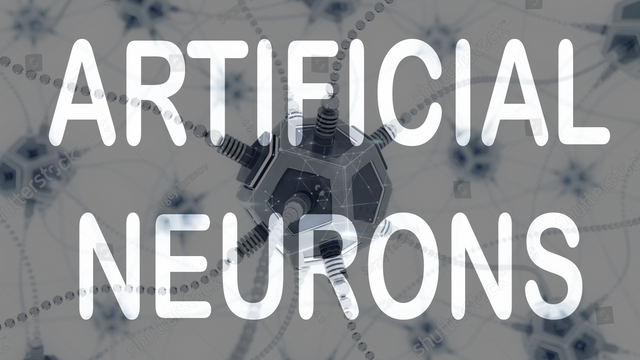
Hey Starlord here,
So we are going little bit deeper but not so deep. Today we will learn about artificial neurons.
If you don't know about what deep learning is then read our previous chapter Deep learning
An artificial neurons network is a machine learning algorithm based on a very crude approximation of a biological neural network in brain. Artificial neural network quite differently than real biological neural networks; however, they were inspired by their counterpart.
In addition, the parallels between the two makes this a great metaphor for teaching neural network to a general audience, since most people have at least a basic understanding of neurons from high school biology.
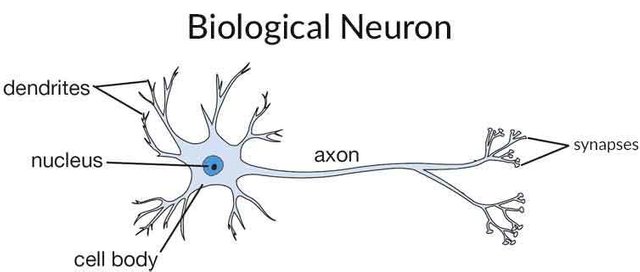
Image source Google images
We start with a biological neuron which is the building block of a brain. However, we model this artificial neuron artificial mathematically. Each neuron is modelled as a set of inputs to the neuron, which we typically label x, and a set of outputs to other neurons, which we typically label y.
We feed numeric values into the neurons, which the strength of the input signal, then the neuron produces a numeric output value, which represents the strength of the signal leaving the neuron. Information flow through the neuron from its inputs to its output.
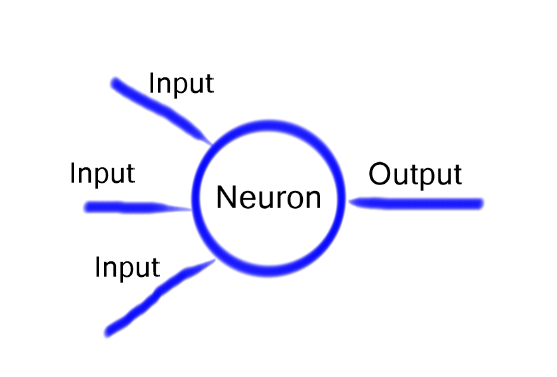
Image source
The connection leading into the neuron have weights that can be either increased or decreased. We typically represent these weights using the letter w or the lowercase Greek letter Omega. Increasing or decreasing these weights changes the input before it enters the neuron.
Mathematically, we multiply the input value by the value of the weight associated with each of the connections. For example, imagine we have input values of 1, 2, and 3. If we had weights of 2, and 4, we’d pass the values 2, 6, and 12 into the neuron. This is because 1x2 is 2, 2x3 is 6, and 3x4 is 12.
when a neuron receives input from its connections, the neuron sums together all of the input values. For example, if we receive the values 1, 2, and 3 as inputs into the neuron, the neuron would output a value of 6. This is because the sum of 1, 2, and 3 is 6.
However, the neurons also have an activation function which determines how much output it will produce given the summed input values. There several types of activation functions which we use for various applications base on their pros and cons.
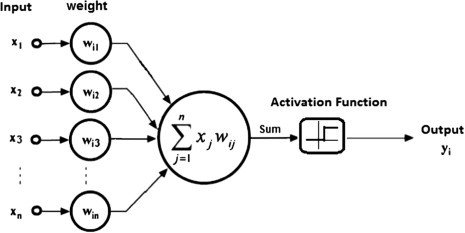
Artificial neuron
We’ll discuss activation function more in the next chapter, but for now, you Can think of them as mathematical ways to squash the output values so that they stay within a certain range of values. This range of value is often between 0 and 1, or sometimes from -1 to +1.
For example, given that our input value in the last slide summed to the number 6, an activation function might scale this value down to 0.6 to keep it between the range of values 0 and 1. Neurons also have an additional weighed input called a bias.
Mathematically, increasing the bias allows us to shift the activation function to the left while decreasing the bias shifts the activation function to the right. This changes the behaviour of the activation function and the output that it produces a given specific input.
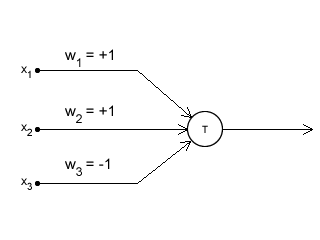
mcculloch-pitts model
Each of these weights is like a knob that can either increased or decreased in order to tune hoe the neuron behaves mathematically. We call these weights parameter. Thus, modifying the parameters changes the behaviour of the neuron.
In order to compute the output of neuron mathematically, we represent the input, the weights of the connections, the summation and the activation function, and the output as a mathematical equation. This allows us to model the neuron’s behaviour computationally.
Don’t worry though we don’t need to understand the mathematical notation in order to discuss deep learning from high level.
So, in my next chapter we will discuss about few of these artificial neurons into an artificial neural network.
Till then keep learning
Hi starlord6414,
I love the points you raised about the concept of AI. No doubt, they hold the future for humanity.
I would also love to drop some pieces of advice for you to help you create a better STEM content.
Thanks and cheers

Hello samminator,
Thank you for your valuable advise , this will definitely help me in improving my future contents and from next time onward i'll follow the points in guidelines on sourcing and licensing.
And also for giving the idea to include references, this will helpful for readers.
Great Information... upvoted following do back...
Congratulations @starlord6414! You have completed the following achievement on Steemit and have been rewarded with new badge(s) :
Click on the badge to view your Board of Honor.
If you no longer want to receive notifications, reply to this comment with the word
STOPTo support your work, I also upvoted your post!